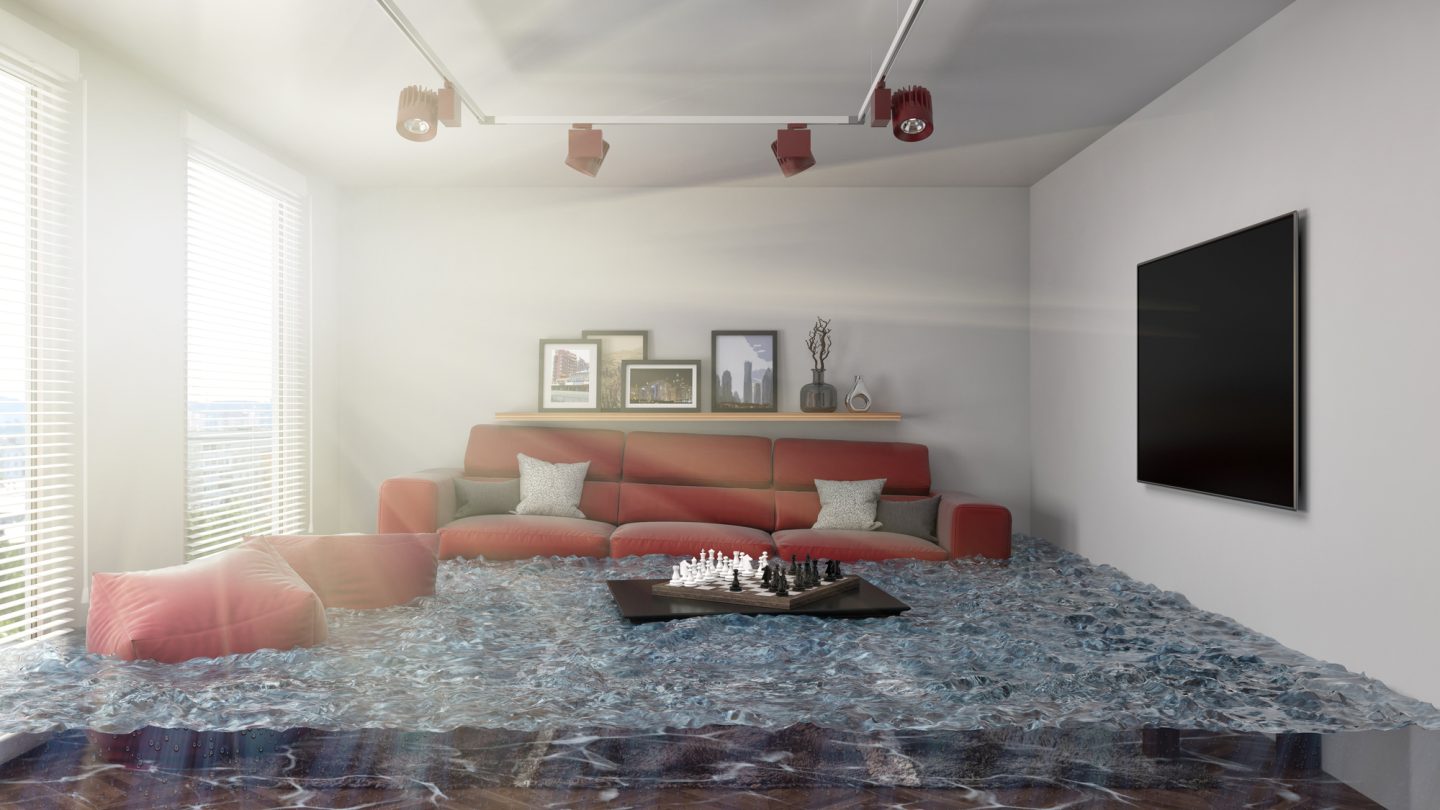
Discovering water damage in your home, whether from a burst pipe, a failed appliance, or a storm, is a stressful and overwhelming experience. Once the source of the water has been stopped, the restoration process must begin immediately to prevent further damage and mold growth. Professional water damage restoration is a scientific process that follows a series of critical steps to return your property to its pre-loss condition safely and effectively. Understanding this process can help demystify what to expect and give you confidence that your home is in good hands.
Step 1: Emergency Contact and Damage Assessment
The moment you discover water damage, you should call a 24/7 professional restoration company. When the certified technicians arrive, their first job is to perform a thorough assessment. They will identify and stop the source of the water if it hasn’t been done already. They will then inspect the affected area to determine the extent of the damage and the type of water contamination (Clean Water, Gray Water, or Black Water), which will dictate the restoration process.
Step 2: Water Removal and Extraction
The next immediate step is to remove all the standing water. The crew will use powerful, truck-mounted and portable extraction units to vacuum up the vast majority of the water from carpets, floors, and other surfaces. This rapid water removal is crucial for preventing the water from wicking further up walls and seeping deeper into subfloors.
Step 3: Drying and Dehumidification
After the standing water is removed, the remaining moisture that has been absorbed by porous materials like drywall, wood framing, and flooring must be professionally dried. This is the most critical and scientific phase of the process. Simply opening windows is not enough, especially in a humid climate.
- Industrial Air Movers: High-speed air movers (not just standard fans) are strategically placed throughout the affected area. These create a powerful airflow across all wet surfaces, which accelerates the evaporation process, drawing moisture out of the materials and into the air.
- Professional Dehumidifiers: As the air movers release moisture into the air, powerful commercial-grade dehumidifiers are used to pull that moisture out of the air. These units can remove many gallons of water from the air each day.
The technicians will use specialized moisture meters to monitor the drying process daily, ensuring that the materials are returned to their normal, dry state. This process, as outlined by restoration industry standards from the Institute of Inspection, Cleaning and Restoration Certification (IICRC), is essential to prevent the growth of mold.
Step 4: Cleaning, Sanitizing, and Deodorizing
Once the area is completely dry, the crew will clean and sanitize all affected surfaces to remove any dirt, contaminants, and bacteria, especially if the water was not from a clean source. This can involve specialized cleaning agents and techniques. They will also use equipment like thermal foggers or hydroxyl generators to eliminate any lingering musty odors.
Step 5: Restoration and Reconstruction
The final step is to restore your home to its pre-damage condition. This may be a simple process, like re-installing new carpet padding, or it may be a more extensive reconstruction project. This can involve replacing sections of drywall, installing new flooring, replacing baseboards, and painting.
Your Southern California Water Damage and Flood Restoration Experts
When your home has been affected by water damage, a fast, professional response is key to a successful recovery. For homeowners across Southern California, the certified team at Cal Prestige provides expert water damage & flood restoration. Contact us 24/7 for immediate emergency service.

